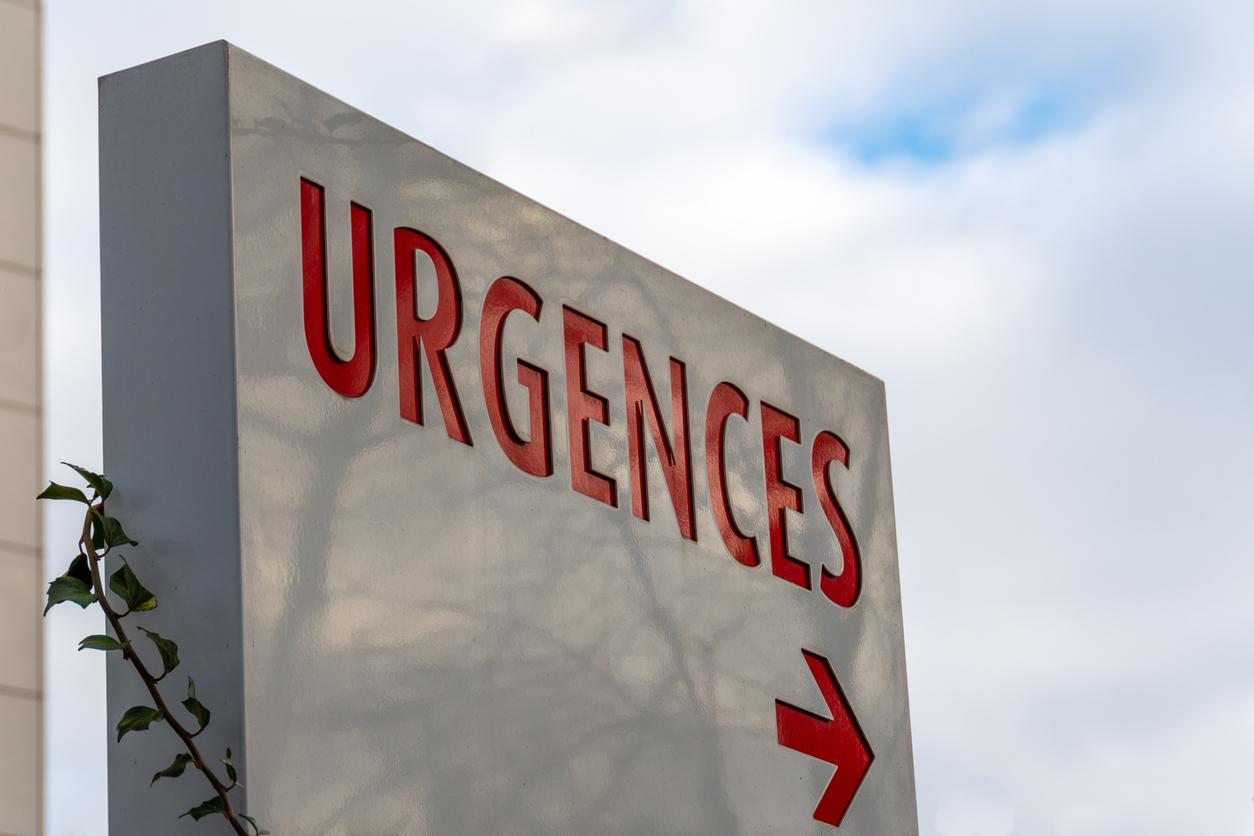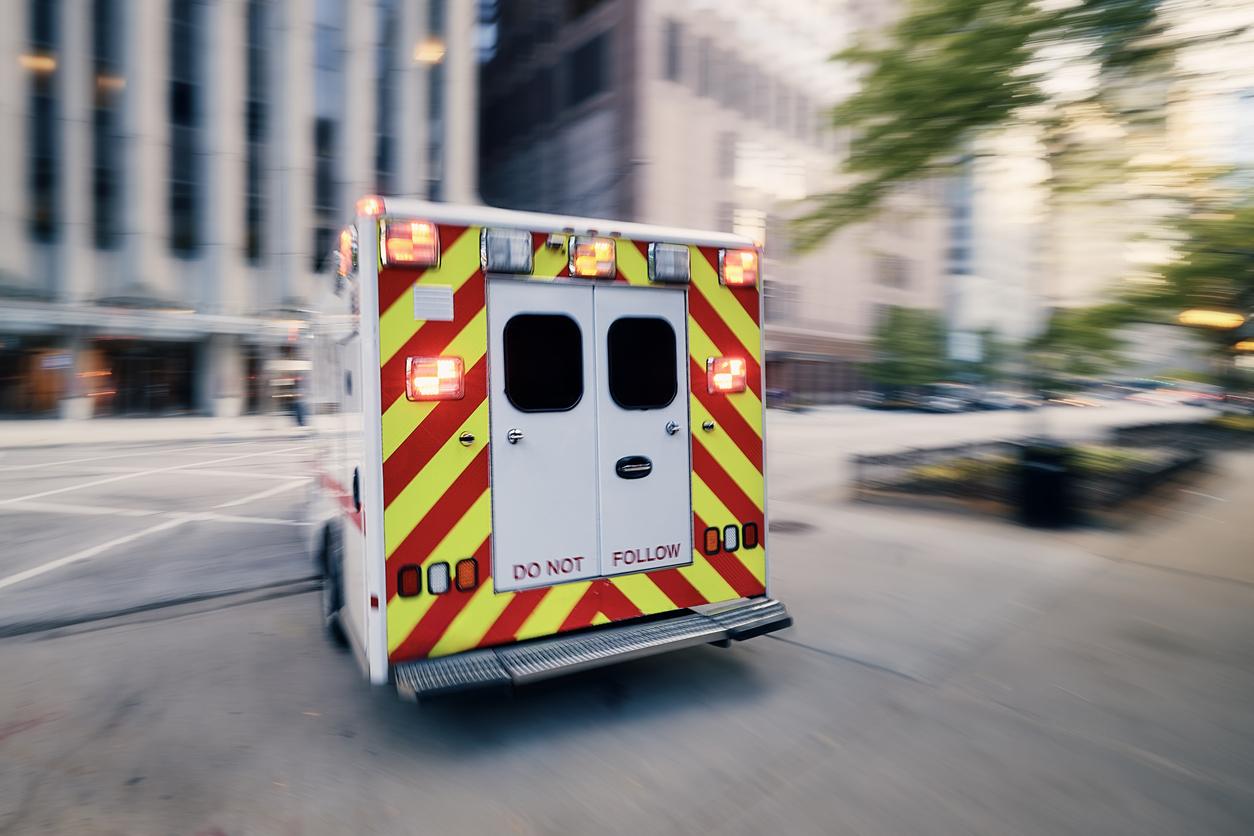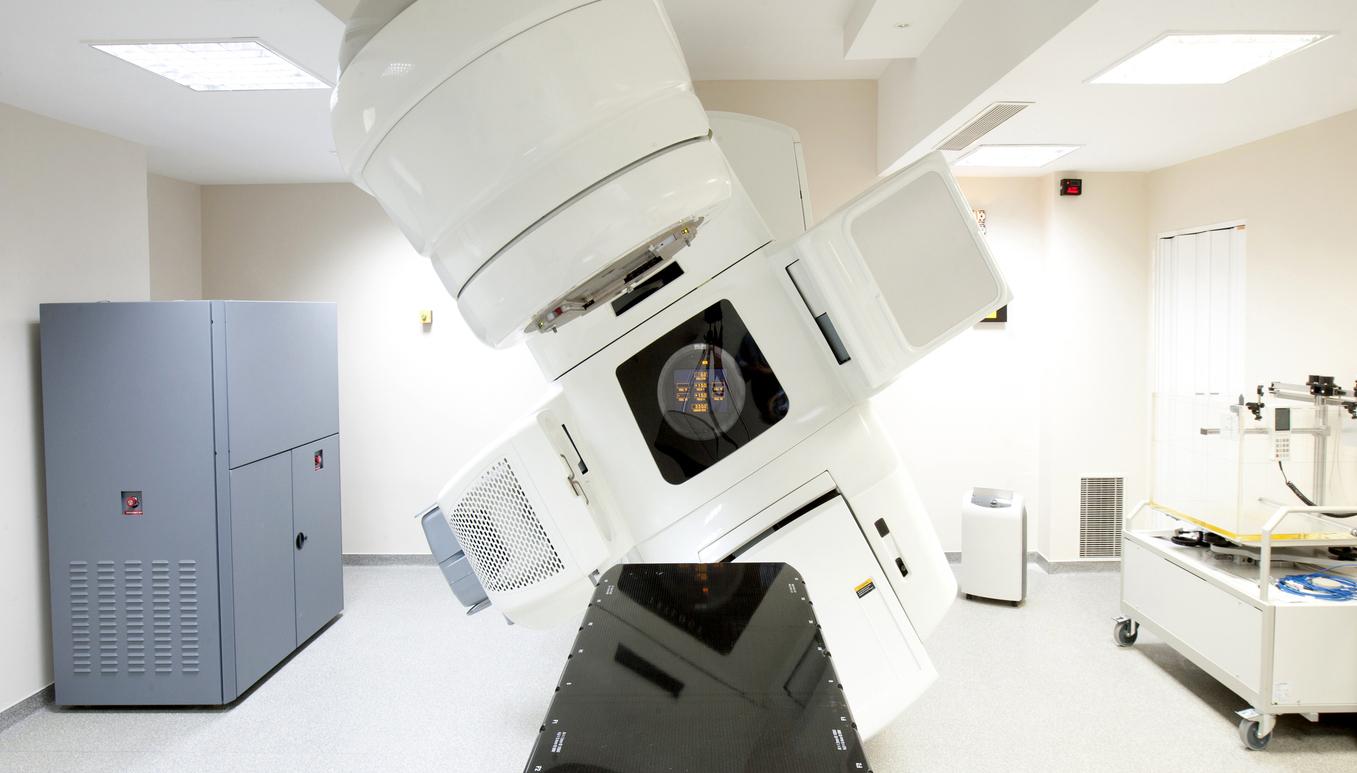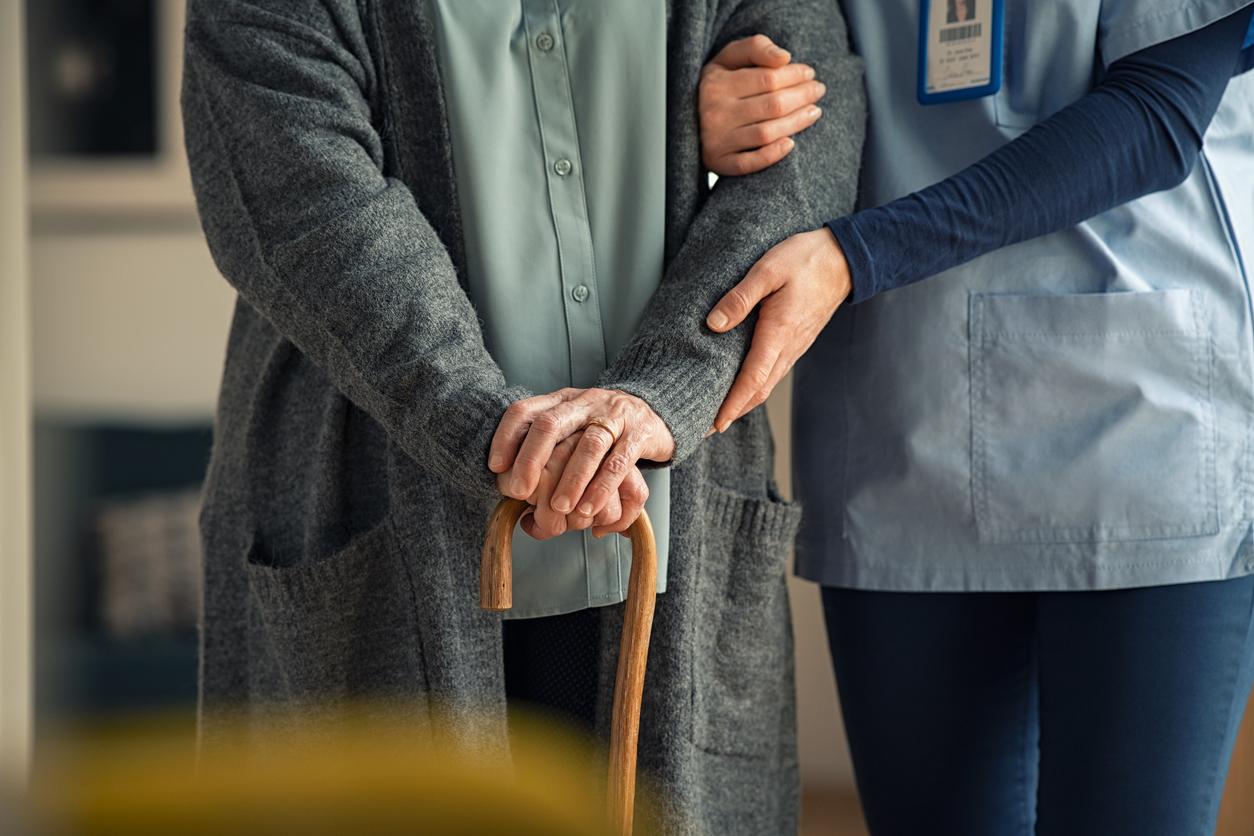
eCall: automatic emergency call after an accident
From April 1, 2018, all new cars are required to be equipped with eCall. This system automatically contacts the well-known 112 emergency number after a serious accident. But how does eCall actually work and what does it mean for you?
Why eCall?
In 2015, the decision was taken in the EU to make eCall mandatory in new cars to reduce road deaths. The eCall system automatically contacts the national emergency service after a serious accident. So there is no longer any need to wait for the occupants or bystanders to call with their mobile phone. Especially if the occupants cannot call themselves and there are no others in the immediate vicinity, this allows emergency services to respond quickly. That quick response saves lives. The EU estimates about 10% of the total number of road casualties. This is about 2500 lives per year.
How eCall works
eCall stands for Emergency Call, emergency call in Dutch. It is a fully automated system that is standard and mandatory in new cars. It consists of several parts: such as a GPS for locating the car, sensors for detecting the accident and a microphone and loudspeaker for contact with a 112 employee.
If you are involved in a serious accident with your car, the sensors detect it. For example, on the basis of the airbags that inflate. So if you accidentally hit a pole, eCall will not respond.
The sensors activate eCall so that an emergency call is automatically sent to the emergency center. This is done via the mobile telephone network. During the call, eCall passes on all kinds of other important information, such as the GPS location, number of occupants, car make, direction of travel and type of fuel. With that information, the right emergency services can drive directly to the right place of the accident.
An employee of the emergency center will contact you immediately via eCall, so that you can provide additional information yourself. For example, what exactly happened and whether help is really needed. You can also manually send an emergency call using a button on the eCall device. Please note that you may only do this in real emergencies. Harassing the emergency center with an unnecessary or false report, for example in the event of a breakdown, is punishable by law.
Cons?
Few systems exist without drawbacks. That also applies to eCall. For example, the automatic emergency call system only works in EU states. That excludes countries such as Norway, Switzerland and other countries outside the EU. In those cases you simply have to contact the local emergency number yourself in the ‘old-fashioned’ way.
In addition, eCall does not work in all cases in the event of an accident. For example, if you drive your car in the water. There must also be a working mobile network nearby. Although the Netherlands is well covered in this respect, this is not always the case in remote places in the EU. So if there is no automatic response from the emergency center, you should try to make contact yourself. Furthermore, the installation of the mandatory eCall system in new cars is of course not free. This is passed on to the buyer in the price.
When it was decided to implement eCall, there was still a lot to do about privacy. Fortunately, that was well arranged in the years that followed. eCall only works after an accident, so you can’t keep track of where you’ve been. Also, the speed in the event of the accident is not recorded and the data is not saved with the eCall.
Alternative eCalls
You may say, “Why is this new? I have had a car with an eCall system for years.” That could be right. Since the 1990s, manufacturers have built their own eCall emergency call system into their cars. These emergency call systems are called TPS, or Third Party Service, eCalls. The difference with the EU’s eCall is that TPS systems initially contact a private emergency center. If necessary, the private exchange then switches on the 112 exchange.
If you buy a new car with its own TPS system, you can choose which eCall you prefer to use. Even if a TPS system is already included, the EU eCall system must be installed.
















